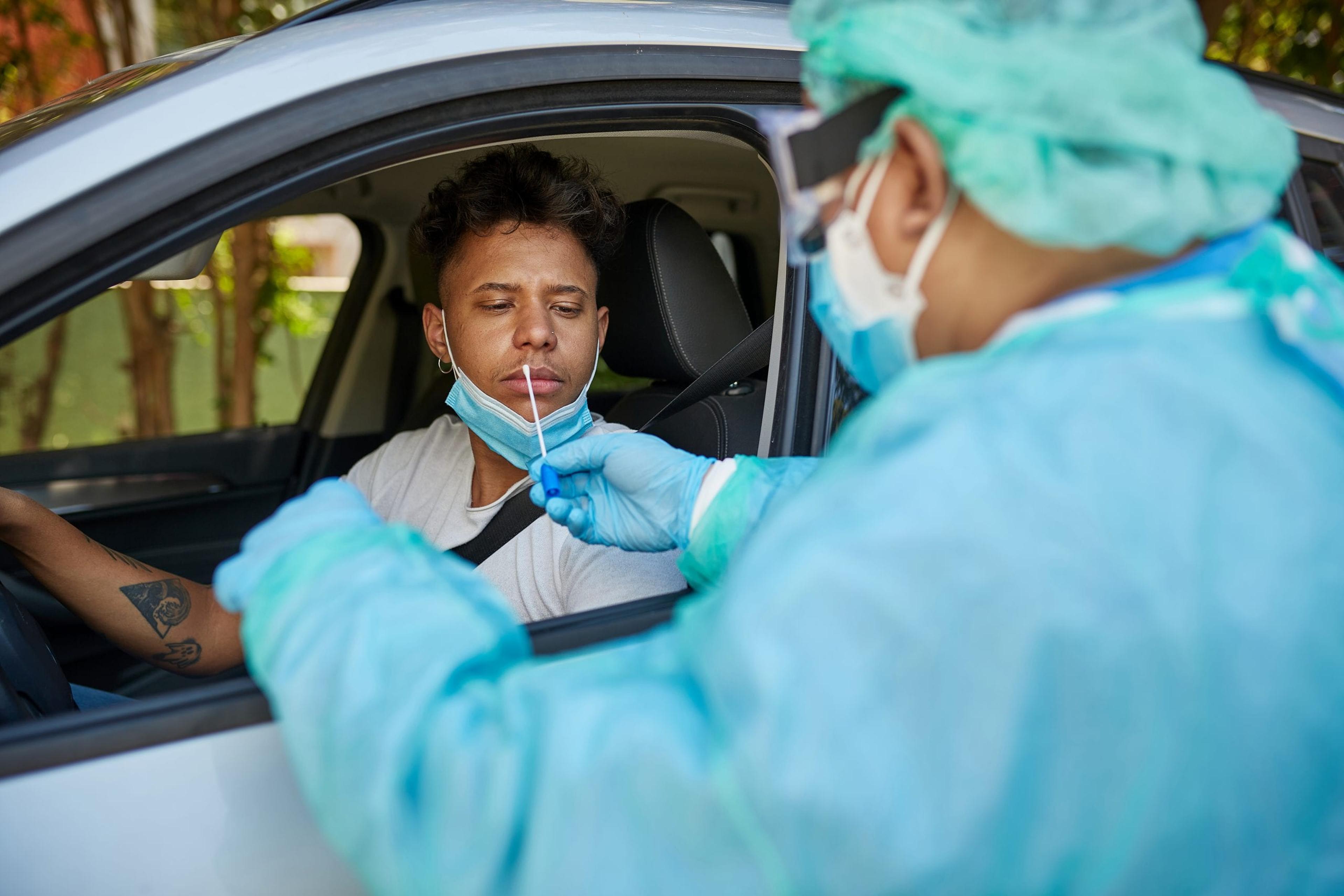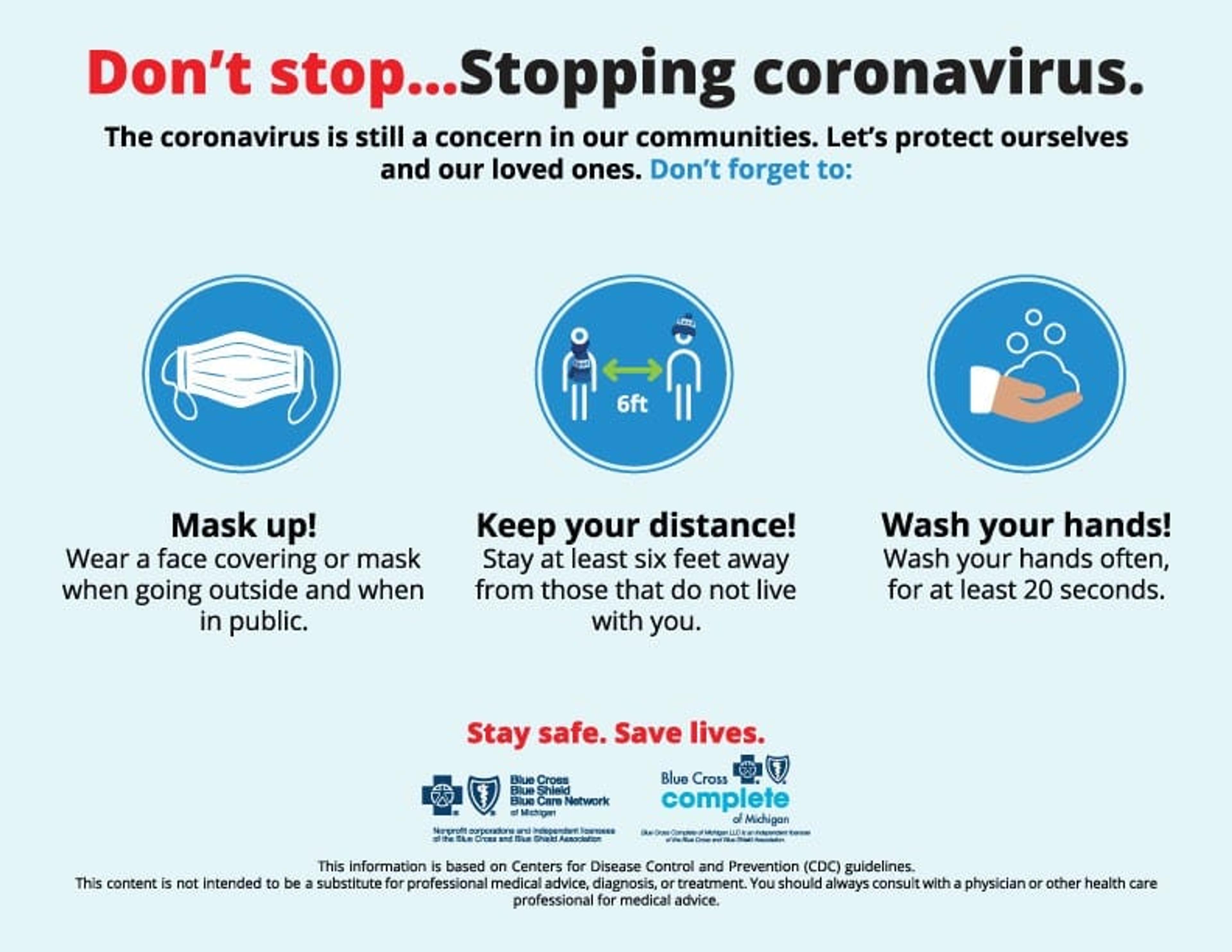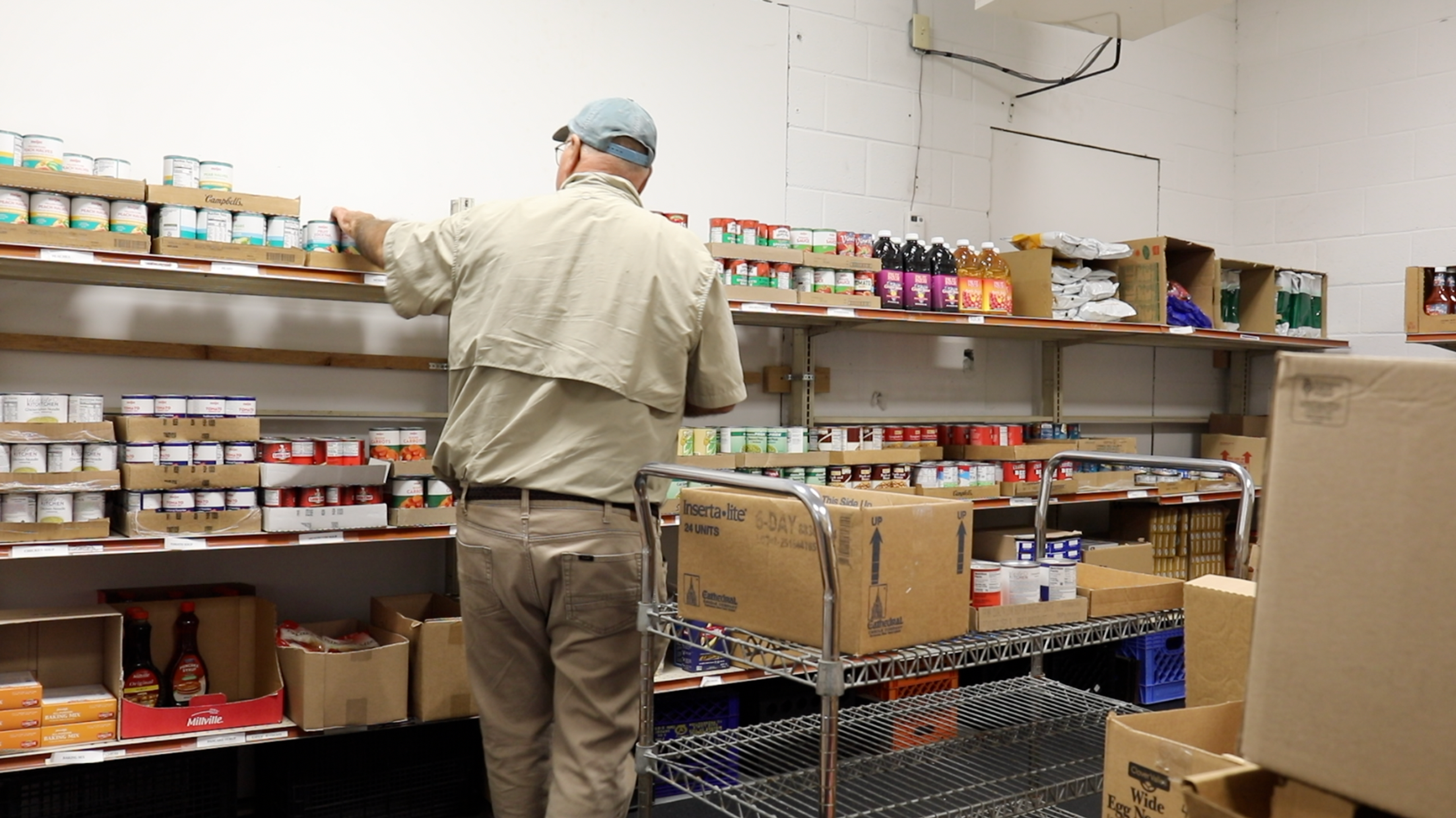
At the beginning of the COVID-19 pandemic, it quickly became clear that communities of color were disproportionately being affected by case numbers and deaths. Especially impacted were Black residents, who make up 15% of the state’s population yet represented 29.4% of cases and 40.7% of deaths in the early months. Near the end of September, those rates had dropped, with Black residents accounting for 8.2% of cases and 9.9% of deaths. Credit for reducing the disparity is attributed to efforts made by the state’s Coronavirus Task Force on Racial Disparities. The task force was quickly able to distribute large quantities of masks and launch strategic educational communications and social media efforts targeting vulnerable populations. The group collaborated with regional racial disparity task forces to share data and recommendations for additional actions and increased access to testing in targeted neighborhoods and communities. Bridget Hurd, vice president, Inclusion and Diversity at Blue Cross Blue Shield of Michigan, is a member of the task force. “The results that we’ve accomplished in Michigan to reduce the effects of COVID-19 on communities of color are outstanding,” Hurd said. “The outreach by the State into local communities was impactful and was also supported by efforts here at Blue Cross and numerous other organizations across the state to engage community residents, bust myths and provide accurate information. There is still work to be done to ensure that all residents have access to information and testing that can help to save lives and stop the spread of this deadly virus.” The task force emphasizes that residents must continue to remain vigilant and continue to “mask up”, maintain social distancing of at least six feet, practice frequent handwashing and stay home when they feel sick.

Related:
Photo credit: xavierarnau





